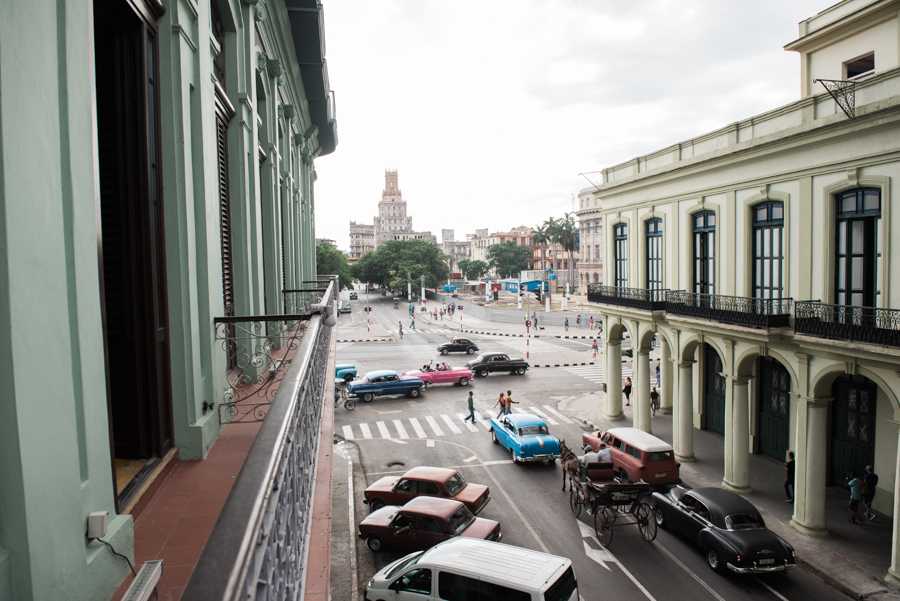
Cuba is colorful facades, old cars, lively people, children playing soccer in the city square. It’s beauties and struggles. It’s the juxtaposition of gorgeous architecture and peeling paint.
Cuba is a beautiful, emerging Caribbean country, and the Cuban people seem hopeful for change and increased positive relations with the United States. I had the unique opportunity to go to Cuba at the end of May with the Tom Joyner Foundation. TJF assembled a delegation of presidents from Historically Black Colleges and Universities (HBCUs) to learn about the culture, build relationships, and explore opportunities of partnerships with the island.
First, a bit of a history lesson. Because if we’re being honest, before I went to Cuba, I had to Google the specifics of the United States embargo on Cuba, when Fidel Castro relinquished power to his brother Raul, and Cuba’s current political climate. The embargo, or el bloqueo as Cubans call it, was first placed on Cuba during the Kennedy administration (early 1960s) because Cuba aligned itself with Communist powers. The implications of the U.S. embargo on Cuba have an incredibly far-reaching effect. The embargo not only limits trade between the U.S. and Cuba, but with other countries as well. For example, if a cargo ship is coming from Brazil and wants to stop in Cuba, it cannot load or unload any freight in the U.S. for six months after it enters a port in Cuba. Generally, this means that this Brazilian cargo ship will skip over Cuba and only trade with the U.S. because the U.S. has a stronger trade economy. Many believe that the embargo can be lifted in the next few years and progress can be made with partnerships and improved relations between our two countries.
Cuban people kindly, and fiercely, defend their identity—past, present, and future. Yanela Gonzalez, of the Cuban Institute of Friendship with People, spoke to our group about opening Cuba’s arms to the U.S. and developing partnerships. But, Gonzalez passionately emphasized that this must be done with respect—that people must not visit the country only to criticize it, but rather should be interested in learning the history, the culture, and the way of life.
We had an amazing week exploring Havana and interacting with locals. I feel incredibly fortunate to have been able to experience Cuba, and I encourage everyone to visit– to learn first-hand about the challenges this country has faced and see the beauty that lies here. It is a fascinating time to visit Cuba, and hear from the locals about their hope for Cuba’s future.
To see the press release issued by Neil Foote and to learn more about the Tom Joyner Foundation, click here.
.
.jpg)
.jpg)
